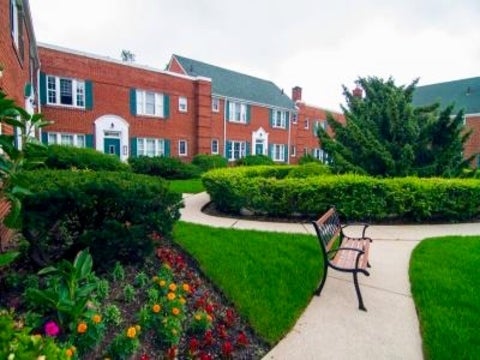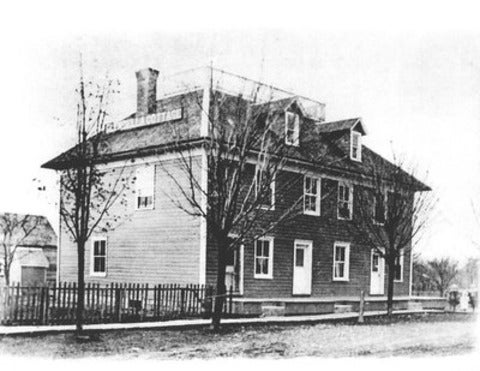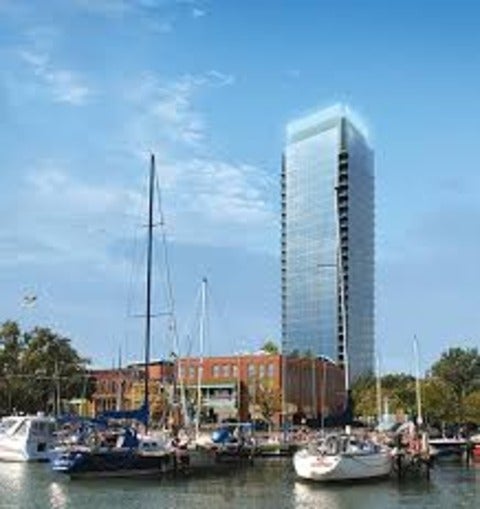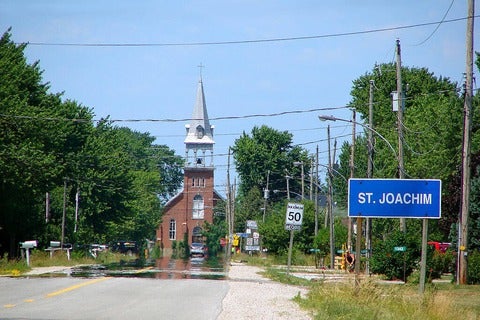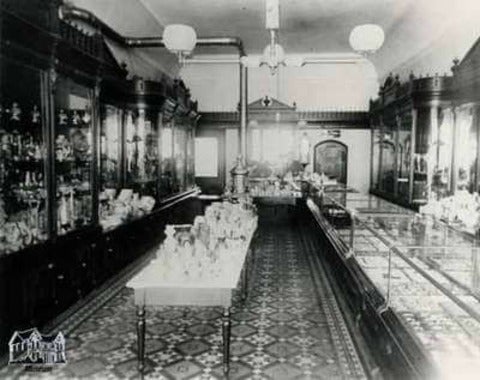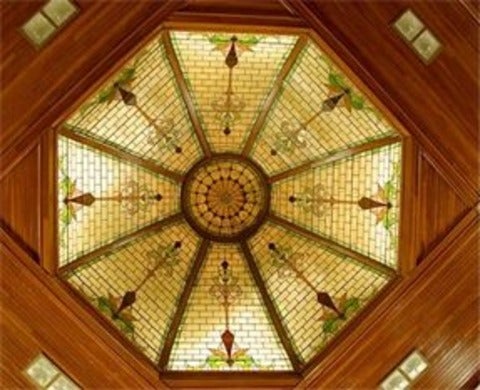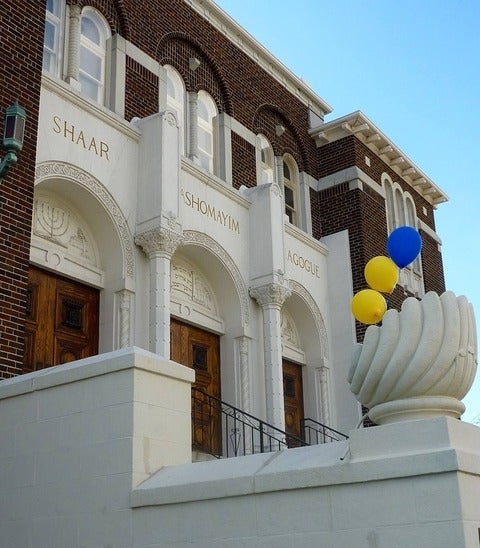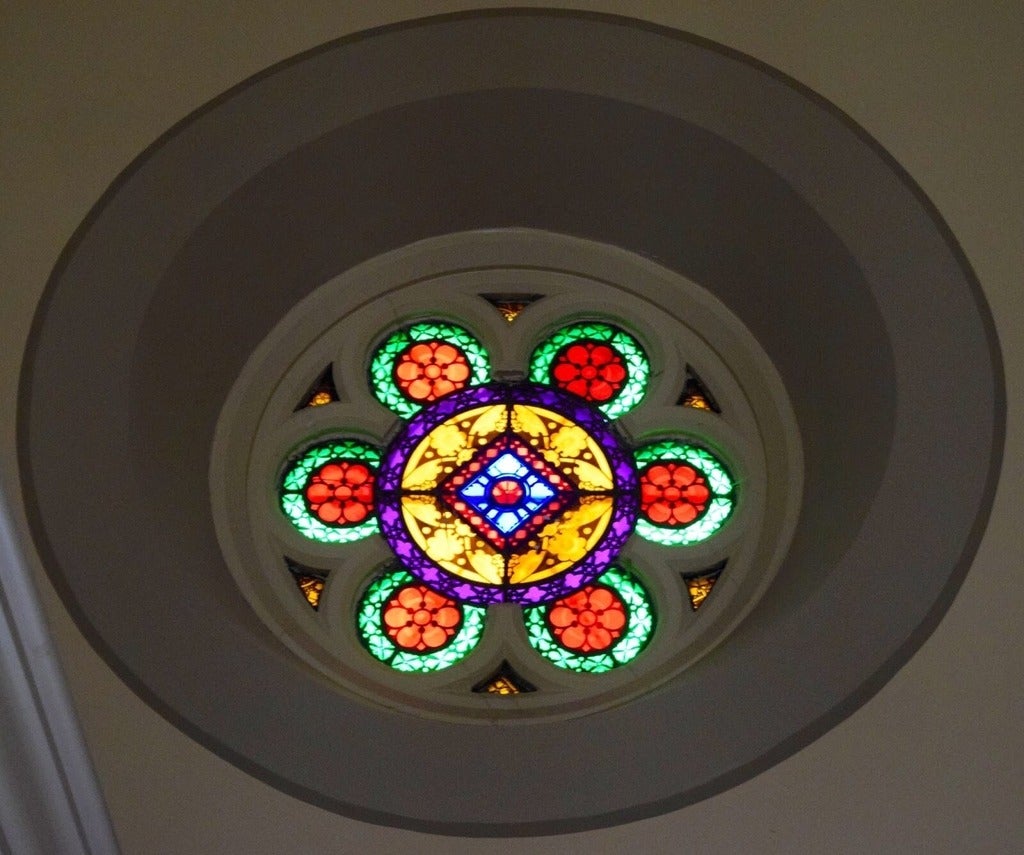The test for designation — Regulations 9/06 and 10/06
Happy 2016!
Another year, another heritage policy anniversary. It was 10 years ago (already!) that Ontario got two new regulations on cultural heritage significance: Ontario Regulation 9/06 and Ontario Regulation 10/06, usually known as O. Reg. 9/06 and O. Reg. 10/06.
